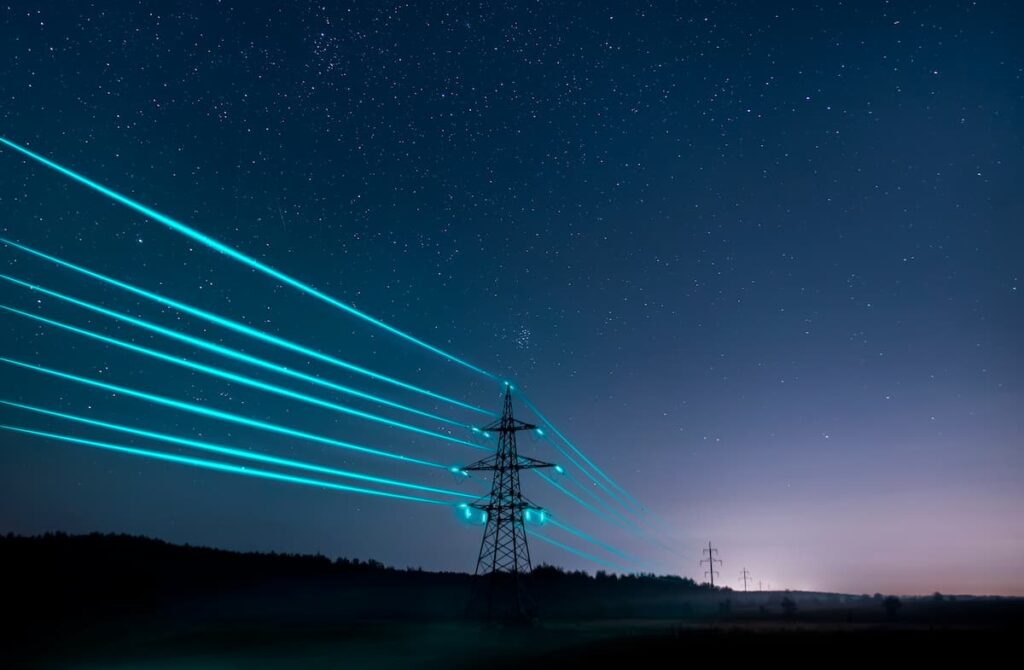A major power outage that recently affected both Spain and Portugal has been traced back to a series of incidents at three key substations. An abrupt loss of power generation originating at the Granada substation triggered a cascade of events that led to the disconnection of various elements of the electricity grid. This initial disruption caused the loss of 2.2GW of electricity generation, a significant impact that extended far beyond Spain’s borders.
Following the issues in Granada, additional failures occurred in Badajoz and Seville. These combined incidents set off a chain reaction that disconnected key parts of the electrical infrastructure, ultimately resulting in widespread power loss throughout the Iberian Peninsula. Authorities continue to investigate the exact technical cause of the disruption, but it has been confirmed that the problems originated at the generation level rather than the main transmission grid.
Investigation Points to Generation-Level Failures
According to Spain’s energy ministry, the blackout did not originate from a malfunction in the primary transmission system. The national grid operator has confirmed that the main grid was fully operational before the incident, pointing instead to issues in generation plants or potentially smaller local grids.
Fluctuations in voltage were detected prior to the power loss, and these anomalies are being examined as part of an ongoing government investigation. While the specific source of the failures has yet to be identified, data analysis has revealed that the initial problems began simultaneously in multiple locations, suggesting a complex, interlinked failure rather than an isolated event.
Importantly, several potential causes have already been ruled out. There is no evidence to suggest that cyberattacks, supply-demand imbalances, or grid capacity issues played any role in the outage. The investigation is now focused on pinpointing technical failures within generation infrastructure that may have triggered the massive energy shortfall.
Energy Policy Under Scrutiny
The incident has reignited debates around Spain’s current energy policy, especially its ongoing shift away from fossil fuels and nuclear energy in favor of renewables. In the wake of the outage, critics have questioned whether the increasing reliance on wind and solar—sources that typically offer less “grid inertia” compared to conventional generation—may have contributed to the rapid spread of the blackout.
Grid inertia refers to the ability of the system to absorb and stabilize sudden changes in energy input or demand. Traditional power sources like nuclear and fossil fuels naturally provide this inertia, while renewables often require additional systems to maintain grid stability.
Despite the criticism, the energy ministry has reaffirmed its commitment to renewable energy, citing long-term benefits such as reduced electricity bills, greater energy independence, and increased foreign investment in green infrastructure. While the renewable energy mix in Spain remains unchanged since the incident, the government has acknowledged the importance of securing supply reliability during the transition process.
Looking Ahead: Nuclear Reconsideration and Future Safeguards
In response to the incident, authorities are exploring the possibility of extending the operational life of existing nuclear power plants. This would only be considered under strict conditions, including adherence to safety standards, cost-effectiveness for consumers, and a measurable improvement in supply security.
As the investigation progresses, Spain’s energy infrastructure is expected to face increased pressure to incorporate safeguards that prevent similar outages in the future. Experts are calling for improved data monitoring, greater redundancy in generation systems, and more resilient energy planning—particularly as the country moves further into a renewable-dependent grid.
While the blackout exposed vulnerabilities, it also presents an opportunity for the energy sector to reevaluate existing protocols and invest in smarter, more flexible technologies that can adapt to a changing energy landscape.


